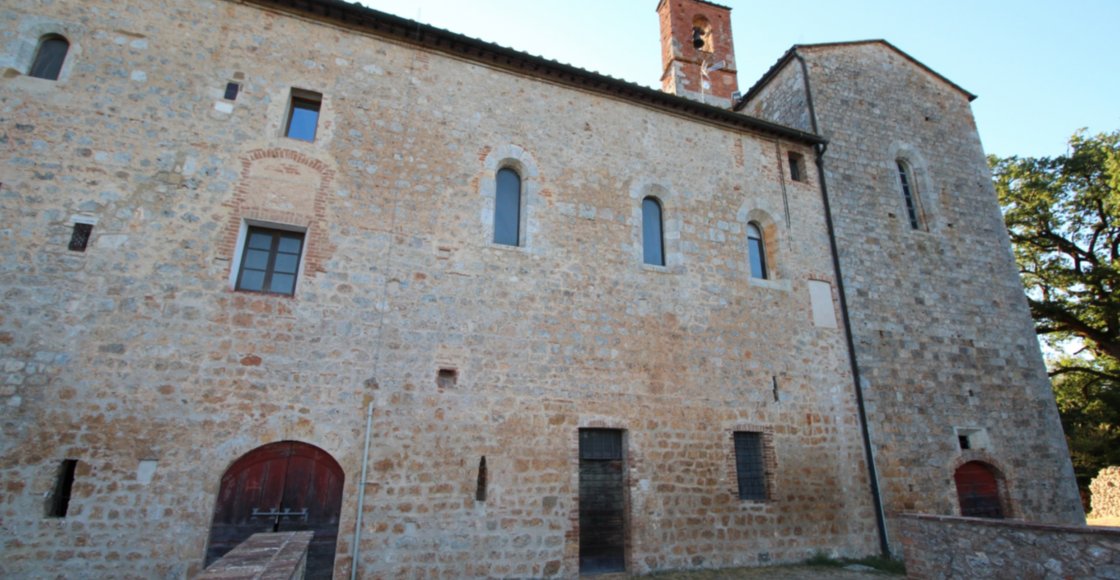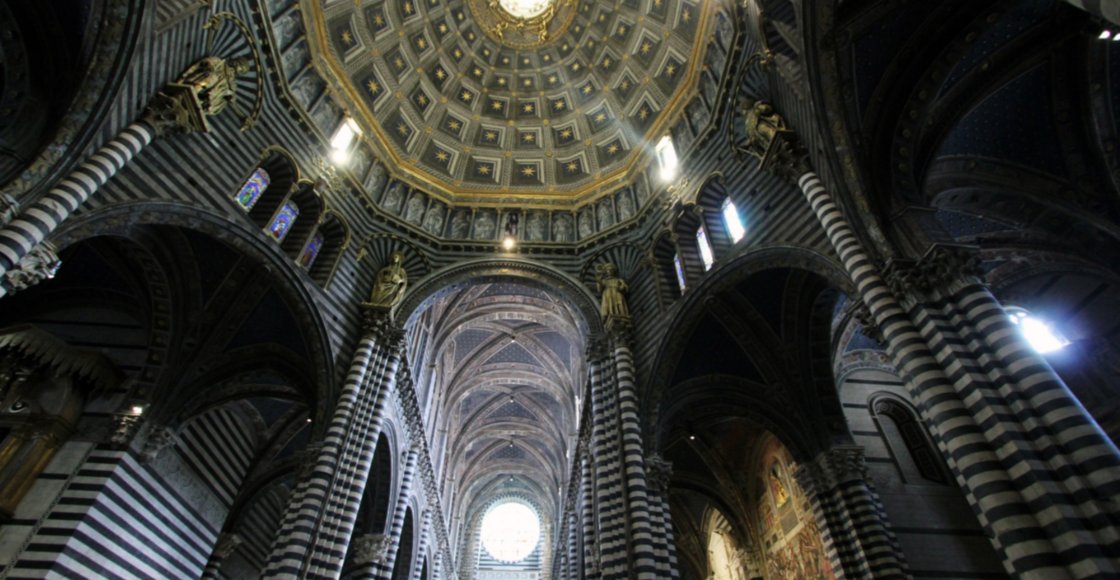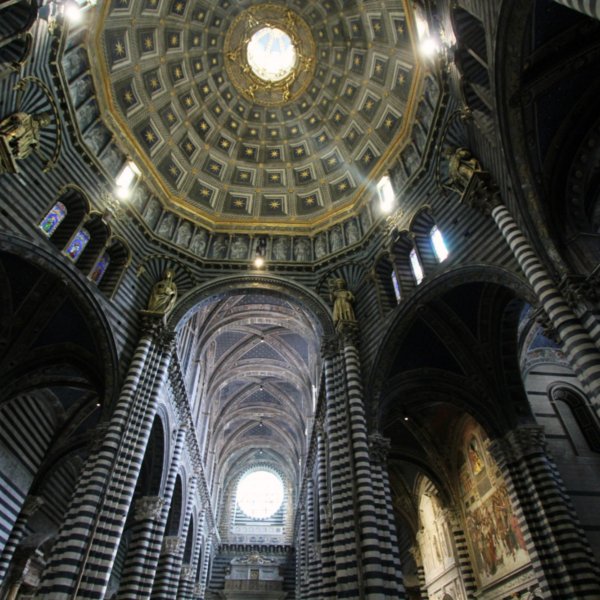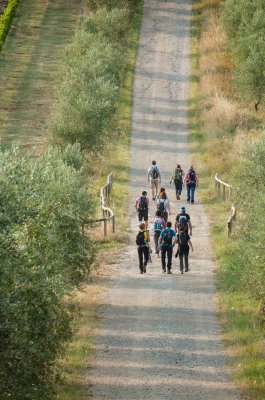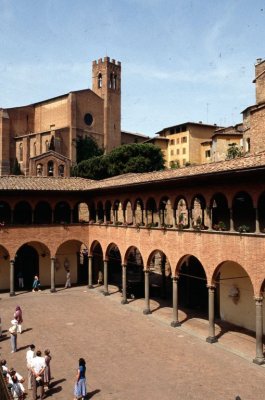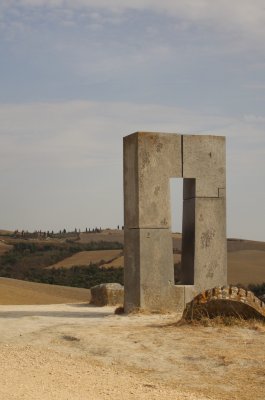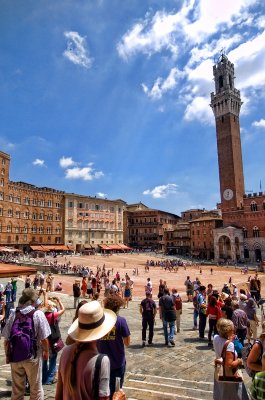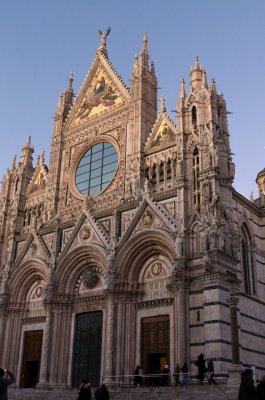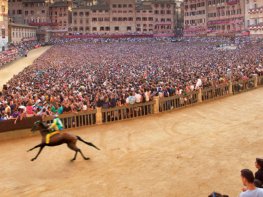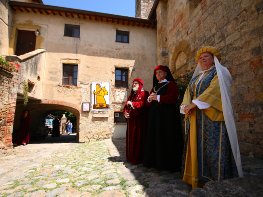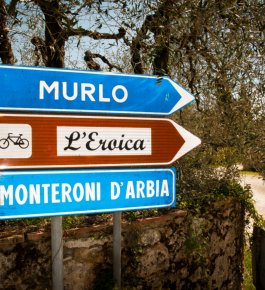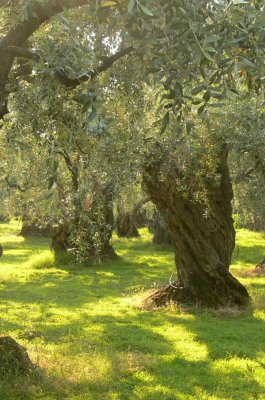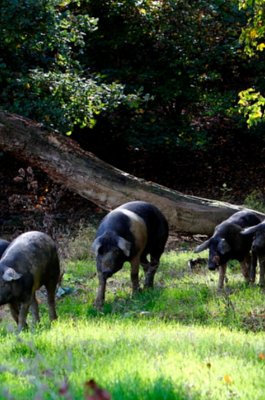Turning your back on Monteriggioni with its towers and walls, take the gravel roads of the Montagnola Senese in the direction of the abandoned ancient village of Cerbaia. The path continues through woods and countryside, intercepting the Chiocciola and Villa Castles, whose towers pierce the history of the place. You then descend to the reclaimed plain of Pian del Lago, once marshy, drained thanks to structures such as the Grand Duke Canal, still appreciable today along your way, to continue to Via dell’Osteriaccia. A short detour is recommended here, leading to the Hermitage of San Leonardo al Lago, which can be visited by ringing the bell from 9:30 a.m. to 3:30 p.m. every day except Monday.
Finally, cross the Renai forest to Porta Camollia, the Via Francigena entrance to Siena. Arriving in the historic center is a feast for the eyes: pietra serena, medieval symbols, the majestic Piazza del Campo, the Duomo (Cathedral) and Santa Maria della Scala gather evidence of centuries of history.
This stage is short but challenging due to the scarcity of water and refreshments so refuel at La Villa Rest Point.














